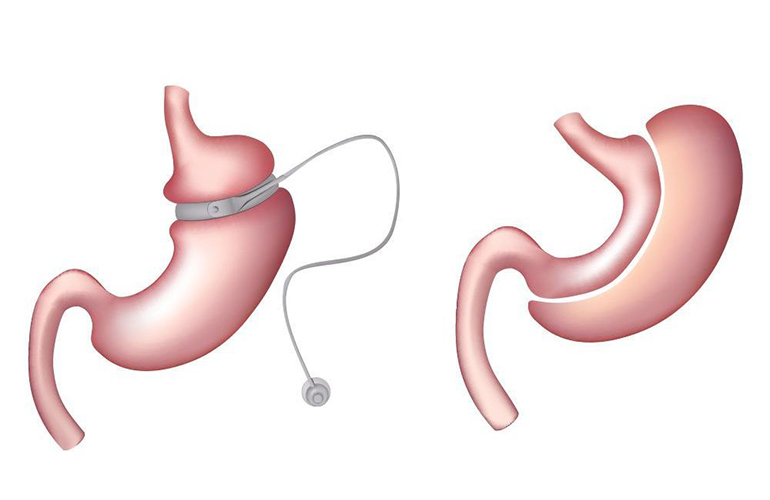
As obesity and metabolic surgery applications become more frequent, it has become necessary to perform correction surgeries (revision surgery) in some patients after these surgeries. After gastric band (adjustable gastric band) surgeries, which was a frequently applied method especially in the early periods when bariatric surgery applications became widespread, almost half of the patients needed secondary correction surgeries because of complications caused either by insufficient weight loss and then regaining it, or by the band placed around the stomach. has heard.
Corrective revision surgeries can be performed if the patient has lost less than 55% of the targeted excess body weight within 18 months after the first bariatric surgery, or if weight gain has started again after the surgery and exceeded acceptable limits, or if long or late complications related to the operation have developed.
When such a corrective operation is required, it is generally preferred to convert a failed restrictive surgical procedure to a malabsorptive or combined (restrictive + malabsorptive) method.
Revision surgery after a failed gastric band is generally recommended 3-6 months after band removal. However, if the stomach is in a suitable structure during the surgery, revision surgery can be performed in the same session. Here, the thickness of the stomach after the band is removed and the operating environment are important. Although it may vary according to the patient and the physician, sleeve gastrectomy operations are most frequently performed.
If the patient underwent sleeve gastrectomy (tube stomach) surgery as the first operation, and if the remaining gastric tissue is found to be enlarged in the controls, the process of narrowing the gastric tube called re-sleeve can be applied. Apart from this, it can also be converted to duodenal switch / pancreaticobiliary diversion surgeries, where the gastric sleeve is the first step.
For example, if serious problems related to reflux have developed after sleeve gastrectomy surgery, the surgery can be converted to bypass procedures or reflux-reducing procedures can be applied to the stomach entrance. In patients with insufficient weight loss, the procedure can be changed to bypass.

